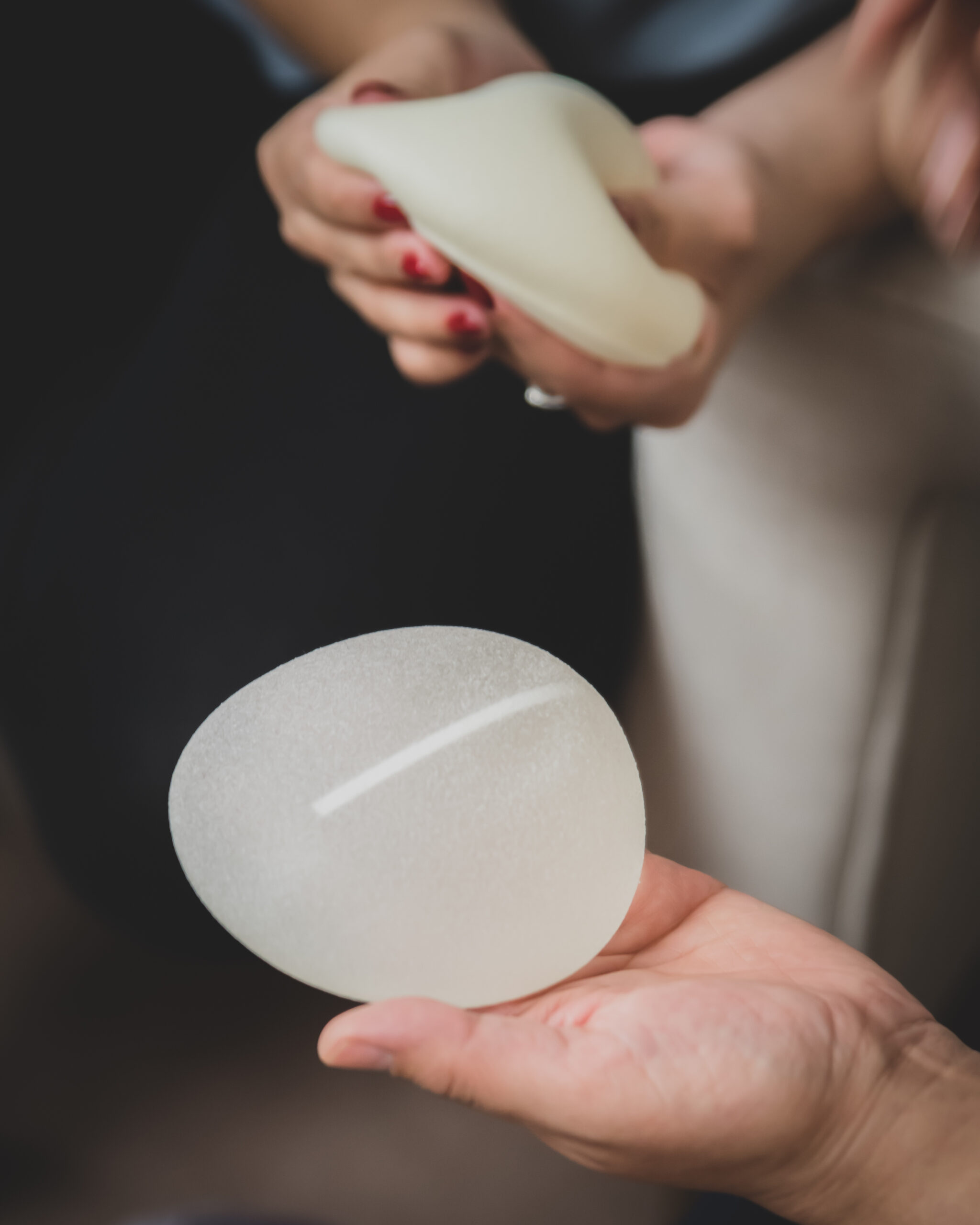Breast Augmentation is a cosmetic surgery that has been popular for decades and is continuously evolving to accomplish the best outcome and longevity for patient satisfaction. What has remained unchanged are the questions and concerns that arise in our patients’ consultations.
- “How often do breast implants need to be replaced?”
- “What is the likelihood that my breast implants will leak?”
- “What will my breast implants look like when I am older?”
These are important considerations, but the answers are not always as straight forward as we would hope. As with any surgery and medical device, there are many factors that may affect the time frame of when you need to get your breast implants replaced.
How often should you replace your breast implants?
Most patients that have decided to undergo breast augmentation discovered through research that they should have their breast implants replaced every 10 years. It is important to remember that you are putting a medical device in your body that is not meant to last forever and is prone to failure or may need to be upgraded. You should prepare yourself for one or two follow-up breast surgeries in your lifetime, but the time frame for when that should happen varies for each patient. The FDA has reported that after 10 years of an initial breast augmentation, 1 out of 10 patients need some sort of revision procedure. That means 10% of patients need another surgery due to excess scarring inside the breast (capsular contracture), broken implant, etc. That also means that 90% of the patients are doing fine at 10 years. So, if you’re having an issue with your breast implants, yes, you may need to exchange them. But being diligent with proper monitoring (self-exams, physician exams), you do not need to automatically replace your breast implants at the 10-year mark.
How often do implants rupture/deflate?
The silicone shell that holds the saline and silicone gel solution may eventually wear out, resulting in small leaks, complete deflation, or otherwise ruptured implants. When saline-filled breast implants deflate, loss of size or shape of the implant can be noticed immediately, or it may progress slowly over a period of days. When a silicone gel-filled breast implant ruptures, some women may notice decreased breast size, hard knots, uneven appearance of the breasts, pain or tenderness, tingling, swelling, numbness, burning, or changes in sensation. Note that with the new “gummy bear” silicone implants, if ruptured, the silicone remains intact for the most part and is contained by the natural scar tissue made by one’s body. This means that the silicone is not absorbed nor “travels” throughout the body. However, most ruptures occur without any symptoms. These are known as “silent ruptures.” Current studies suggest that chances of rupture are one percent per year. Most manufacturers offer a warranty with their breast implants that will cover some of the cost of surgical replacement in the event of untimely implant malfunctions.
Aging with implants
Not all patients decide to undergo an implant revision or replacement. Over time gravity, sun damage, lost tissue connectivity, and the physical effects of motherhood make breasts change in shape and appearance. All breasts, whether natural or implanted, will age appropriately. If you are unhappy with your breasts and desire your breasts to look and feel more youthful, meet with Dr. Sood, a board-certified plastic surgeon, to discuss the many options available.



